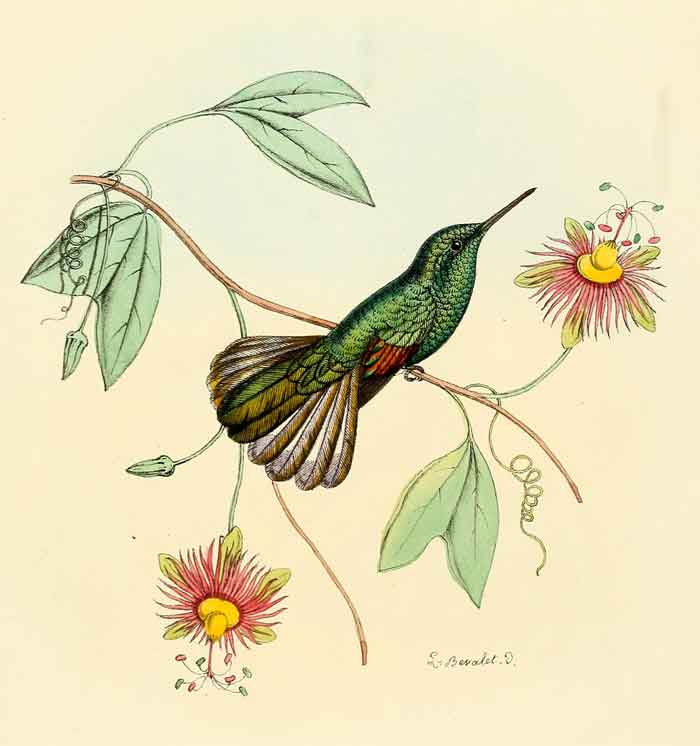
Superregnum: Eukaryota
Cladus: Unikonta
Cladus: Opisthokonta
Cladus: Holozoa
Regnum: Animalia
Subregnum: Eumetazoa
Cladus: Bilateria
Cladus: Nephrozoa
Superphylum: Deuterostomia
Phylum: Chordata
Subphylum: Vertebrata
Infraphylum: Gnathostomata
Megaclassis: Osteichthyes
Cladus: Sarcopterygii
Cladus: Rhipidistia
Cladus: Tetrapodomorpha
Cladus: Eotetrapodiformes
Cladus: Elpistostegalia
Superclassis: Tetrapoda
Cladus: Reptiliomorpha
Cladus: Amniota
Classis: Reptilia
Cladus: Eureptilia
Cladus: Romeriida
Subclassis: Diapsida
Cladus: Sauria
Infraclassis: Archosauromorpha
Cladus: Crurotarsi
Divisio: Archosauria
Cladus: Avemetatarsalia
Cladus: Ornithodira
Subtaxon: Dinosauromorpha
Cladus: Dinosauriformes
Cladus: Dracohors
Cladus: Dinosauria
Ordo: Saurischia
Cladus: Eusaurischia
Subordo: Theropoda
Cladus: Neotheropoda
Cladus: Averostra
Cladus: Tetanurae
Cladus: Avetheropoda
Cladus: Coelurosauria
Cladus: Tyrannoraptora
Cladus: Maniraptoromorpha
Cladus: Maniraptoriformes
Cladus: Maniraptora
Cladus: Pennaraptora
Cladus: Paraves
Cladus: Eumaniraptora
Cladus: Avialae
Infraclassis: Aves
Cladus: Avebrevicauda
Cladus: Pygostylia
Cladus: Ornithothoraces
Cladus: Ornithuromorpha
Cladus: Carinatae
Parvclassis: Neornithes
Cohors: Neognathae
Cladus: Neoaves
Superordo: Caprimulgimorphae
Ordo: Apodiformes
Familia: Trochilidae
Subfamilia: Trochilinae
Genus: Eupherusa
Species: Eupherusa poliocerca
Name
Eupherusa poliocerca Elliot, 1871
Type locality: Putla, Oaxaca, Mexico.
Synonyms
Eupherusa eximia poliocerca Elliot, 1871
References
Elliot, D.G. 1871. Descriptions of two new Species of Humming-birds belonging to the Genera Eupherusa and Cyanomyia. The Annals and Magazine of Natural History, including Zoology, Botany, and Geology (4)8 no.46: 266–267 BHL Reference page. p. 266
Links
IUCN: Eupherusa poliocerca (Near Threatened)
Vernacular names
Deutsch: Weißschwanzkolibri
English: White-tailed Hummingbird
español: Colibrí de Guerrero
Nederlands: Witstaartkolibrie
The white-tailed hummingbird (Eupherusa poliocerca) is a Near Threatened species of hummingbird in the "emeralds", tribe Trochilini of subfamily Trochilinae. It is endemic to southwestern Mexico.[3][4]
Taxonomy and systematics
The white-tailed hummingbird is monotypic.[3] However, in the past some authors have treated the Oaxaca hummingbird (E. cyanophrys) as a subspecies of it. Others have treated the white-tailed as a subspecies of the stripe-tailed hummingbird (E. eximia).[5]
Description
The white-tailed hummingbird is 10 to 11 cm (3.9 to 4.3 in) long and weighs 4.5 to 5 g (0.16 to 0.18 oz). Both sexes have a straight black bill. Males have bright metallic bronze green upperparts. Rufous primaries and secondaries show as a patch on the folded wing. Their central pair of tail feathers are metallic bronze green and the other four pairs grayish white. Their underparts are bright metallic yellowish green with white undertail coverts. Females have bright metallic golden green upperparts with a similar wing "patch" as the male's. Their central tail feathers are metallic golden green and the others white with some dusky or bronze green. Their underparts are grayish white with metallic green spots on the side and white to grayish white undertail coverts.[5][6]
Distribution and habitat
The white-tailed hummingbird is found on the Pacific slope of the southwestern Mexican state of Guerrero and slightly into western Oaxaca. It inhabits the edges and interior of humid montane, semi-deciduous, and pine-oak forest, and plantations. It apparently requires intact forest and is not found in shade coffee plantations. In elevation it ranges between 800 and 2,440 m (2,600 and 8,000 ft).[5]
Behavior
Movement
The white-tailed hummingbird's movements are not well known, but it might make seasonal elevational changes.[5]
Feeding
The white-tailed hummingbird forages for nectar at all levels of the forest from the understory to the canopy. Its diet has not been described in detail but it is known to feed at flowers of Inga, Lobelia, Malvaviscus, and Psittacanthus and some others. It is also assumed to feed on small arthropods like other hummingbirds.[5]
Breeding
The white-tailed hummingbird's breeding phenology is scarcely known. The timing of specimens in breeding condition suggest two breeding peaks, February to May and September to October. Its nest has not been described.[5]
Vocalization
The white-tailed hummingbird's song has been described as "a high, rapid, slightly liquid to squeaky warbling". One call is "a liquid to slightly buzzy, rolled chip, often run into rattled trills". As of mid-2022 the Cornell Lab of Ornithology's Macaulay Library has very few recordings and xeno-canto has none.[5]
Status
The IUCN originally assessed the white-tailed hummingbird as Threatened, then in 1994 as Endangered, in 2000 as Vulnerable, and since 2021 as Near Threatened. It occurs patchily in its small range. Its estimated population of fewer than 15,000 mature individuals is believed to be decreasing. Some forest in its range has been destroyed and much of the rest is under threat of logging or clearing for agriculture.[1] Mexican authorities consider it threatened.[5]
References
BirdLife International (2021). "Eupherusa poliocerca". IUCN Red List of Threatened Species. 2021: e.T22687627A178539079. doi:10.2305/IUCN.UK.2021-3.RLTS.T22687627A178539079.en. Retrieved 1 September 2022.
"Appendices | CITES". cites.org. Retrieved 2022-01-14.
Gill, F.; Donsker, D.; Rasmussen, P., eds. (August 2022). "Hummingbirds". IOC World Bird List. v 12.2. Retrieved August 9, 2022.
HBW and BirdLife International (2021) Handbook of the Birds of the World and BirdLife International digital checklist of the birds of the world. Version 6. Available at: http://datazone.birdlife.org/userfiles/file/Species/Taxonomy/HBW-BirdLife_Checklist_v6_Dec21.zip retrieved August 7, 2022
Arizmendi, M. d. C., C. I. Rodríguez-Flores, C. A. Soberanes-González, and T. S. Schulenberg (2020). White-tailed Hummingbird (Eupherusa poliocerca), version 1.0. In Birds of the World (T. S. Schulenberg, Editor). Cornell Lab of Ornithology, Ithaca, NY, USA. https://doi.org/10.2173/bow.whthum1.01 retrieved September 1, 2022
Fogden, Michael; Taylor, Marianne; Williamson, Sheri L. (2014). Hummingbirds: A Life-size Guide to Every Species. New York: HarperCollins. p. 381. ISBN 978-0-06-228064-0.
Retrieved from "http://en.wikipedia.org/"
All text is available under the terms of the GNU Free Documentation License

